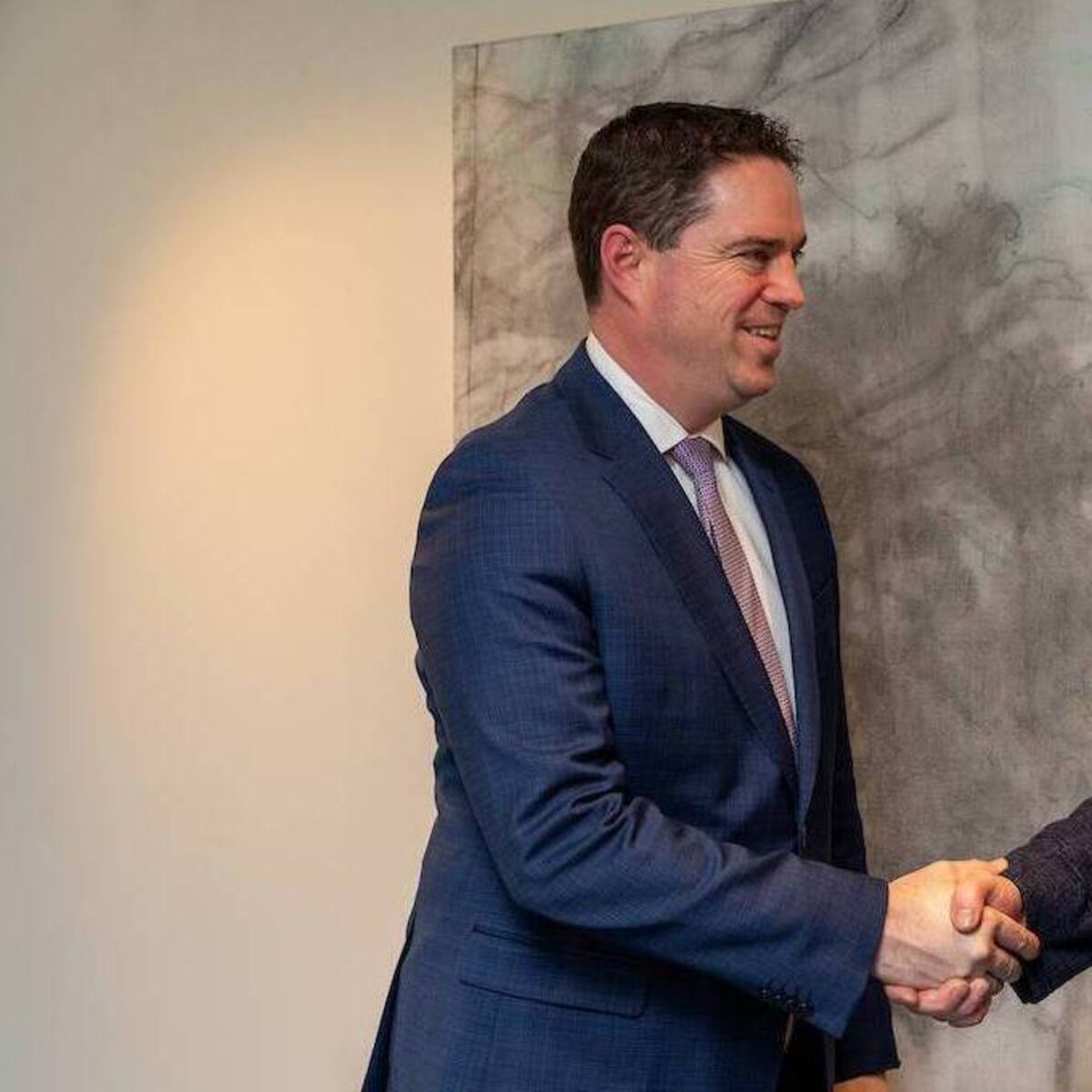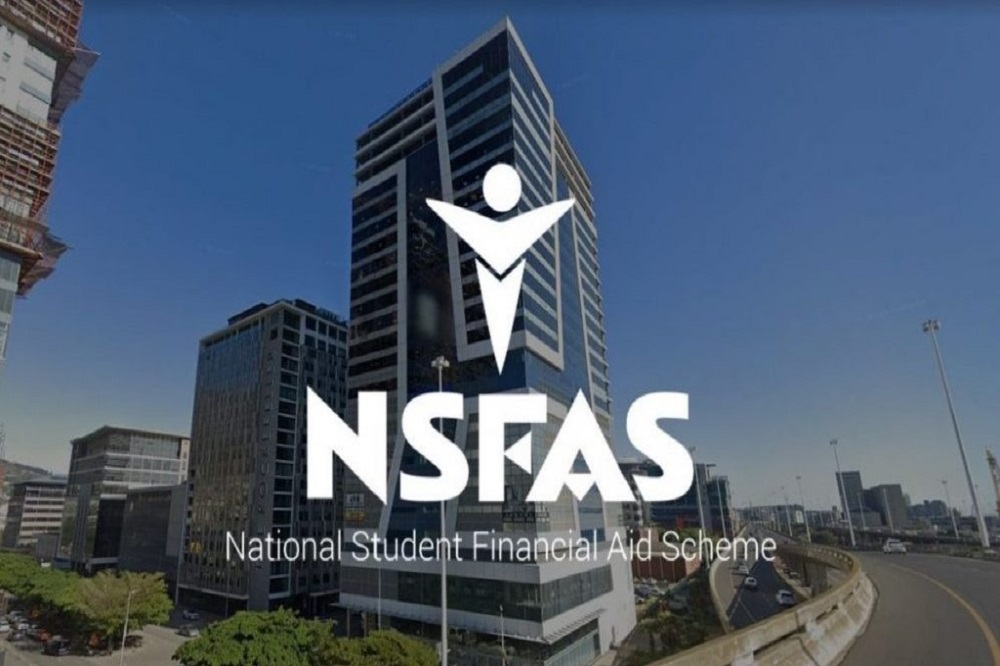By Irishexaminer.com,Rachel Martin, Farming Editor
Copyright irishexaminer

Speaking ahead of this year’s National Ploughing Championships, he said finding “practical and workable solutions” was at the heart of his association’s approach to challenge.
The association, which turns 75 this year and represents 16,000 Irish dairy farming families, was formed in response to challenge, after a ministerial announcement indicated that creamery milk suppliers throughout the country would have their milk price reduced.
The ICMSA’s practical solutions back then included informing the public, encouraging co-operative movements among farmers and the development of milk processing facilities, but it’s an approach which Mr Drennan believes is just as relevant today.
“We defend the family farm model, and we’re a voice for those farmers. We’re not an organisation that goes in banging the table. We see a problem, we try to explain it to farmers, the implications of the problem, and we try to come with a solution,” he said.
“For us, being solutions-driven is a core part of who we are. No matter the issue is, what we want to do is find a solution that’s workable at farm level.”
Environmental pressure points
Among those challenges, he explained the risk of losing the Nitrates Derogation, which allows farmers who meet certain strict criteria to farm at a higher stocking rate, was the “number one biggest issue” for dairy farmers at the moment.
An industry report commissioned by Dairy Industry Ireland and conducted by EY suggested losing derogation could force 12% of families out of dairying and cost the Irish economy €45bn.
“Dairy farmers have been let down. We have worked very hard and gone in the right direction and taken proper procedures or measurements or rules implementations, but now it’s not just water quality that we will be assessed on – the goal posts have been changed,” he said.
“Water quality is turning a corner, but we now have the habitat directive coming in as part of the equation.” Mr Drennan explained that the costs of meeting tighter regulations, such as the reduced nitrates levels, were also significantly adding to the financial pressure farmers are under, and contributing to recent rises in food prices.
“Somebody needs to stand up and be real about the cost of food going up dramatically due to environmental standards and inflationary pressures,” he said.
As the limit for nitrates per hectare was reduced, it has meant dairy farmers must either reduce herd sizes or rent or buy more land to comply, pushing up production costs at farm level.
The impact is compounded when you consider that it comes on top of the same inflationary pressures which have also pushed up prices in other industries.
“Electricity prices, diesel prices, and labour costs have increased, so it’s hardly surprising that our food prices have been affected too,” Mr Drennan said, explaining that cuts to Europe’s Common Agriculture Policy budget, which subsidise food production within the EU and also help to fund environmental programmes on farms, would only further exacerbate the issue of food costs.
Aside from regulations, livestock farmers across the island are also facing rates of bovine TB which are at their highest in 15 years.
The latest figures show that as of June 29, 2025, 43,290 cattle were identified as TB reactors, with TB-related restrictions affecting 6,449 herds, in the previous 12 months.
In the first six months of this year alone, the disease cost Ireland €52m, up 21% compared to the same point in 2024.
“I hear from a lot of people who are just so afraid of doing a TB test at the moment, and it’s a massive problem,” he said.
He explained it was a problem his members were willing to make “tough choices” over, but added that the disease needed to be “tackled from all aspects”.
“Anybody who has been affected by TB will tell you that it will absolutely destroy anybody – mentally, physically, financially. It’s full torture,” he said.
“We went into our meeting with the minister with a full suite of proposals – and some of those were unpalatable for farmers.
“As farmers, we realised that we have to do our part to control TB, but the same has to be done to tackle the other routes for transmission.
“We can’t be just very prescriptive of what’s happening for farmers. It has to be prescriptive for everybody, and the implications of not following the guidelines for everybody, not just the farmer,” he said.
“We need proper testing, proper removal, and control of movements, and we need to deal with it in wildlife too.”
Pace of change
The pace of change is another major challenge, with continual rule changes causing many farmers to become fatigued, and putting young people off entering the industry, causing shortages in skilled labour.
Mr Drennan explained that the numbers of changes to regulations and the frequency at which they occur makes it difficult for farmers to plan for their business’s future, and are making it more challenging to access finance for large investments, which could make businesses more resilient and sustainable.
“We’ve had 32 new regulations in the last four years,” he said. “Some of them you can understand, but others are just annoying – like rules about how high you can stack your bales.
“If you’re a young person trying to get involved in farming, you can’t go on a business plan and get a loan without having some sort of certainty about the number of cows you’ll be allowed to milk in five to ten years, as the banks will ask you those questions when you want to borrow,” he said.
“Then add to that, we’re almost seen as environmental terrorists [in mainstream media],” he said.
“Why would young people want to get involved in a sector that’s constantly being told they’re destroying the planet while we’re only trying our best?”



